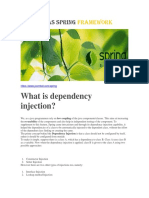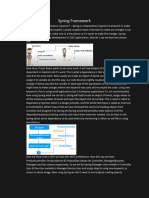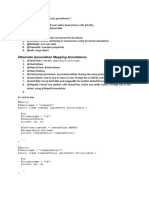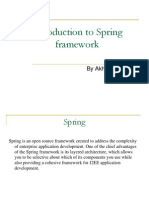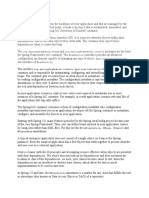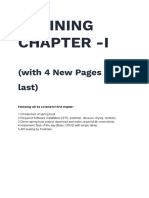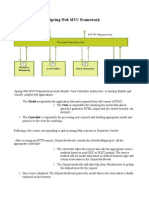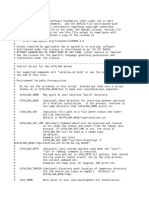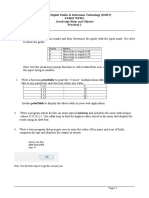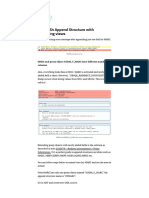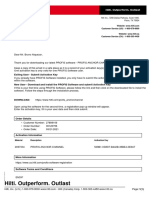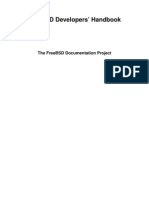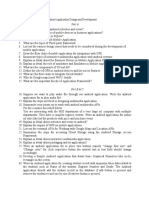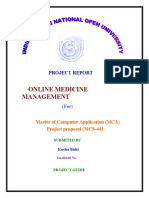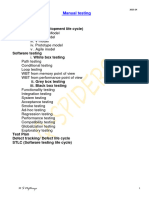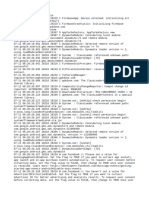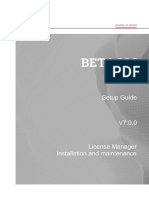0% found this document useful (0 votes)
64 views9 pagesMVC Spring Application Setup:: Dependencies
The document provides instructions for setting up an MVC Spring application. It describes adding dependencies to the pom.xml file, configuring the web.xml file with a DispatcherServlet, and creating a SpringSample-servlet.xml configuration file. The DispatcherServlet is used to handle requests and the configuration file scans components and configures the view resolver.
Uploaded by
FuadNaserAl-deenCopyright
© © All Rights Reserved
We take content rights seriously. If you suspect this is your content, claim it here.
Available Formats
Download as DOCX, PDF, TXT or read online on Scribd
0% found this document useful (0 votes)
64 views9 pagesMVC Spring Application Setup:: Dependencies
The document provides instructions for setting up an MVC Spring application. It describes adding dependencies to the pom.xml file, configuring the web.xml file with a DispatcherServlet, and creating a SpringSample-servlet.xml configuration file. The DispatcherServlet is used to handle requests and the configuration file scans components and configures the view resolver.
Uploaded by
FuadNaserAl-deenCopyright
© © All Rights Reserved
We take content rights seriously. If you suspect this is your content, claim it here.
Available Formats
Download as DOCX, PDF, TXT or read online on Scribd
/ 9









